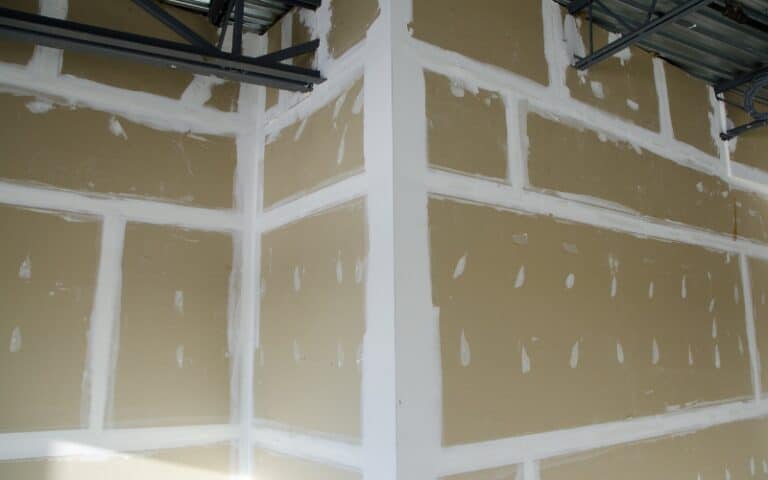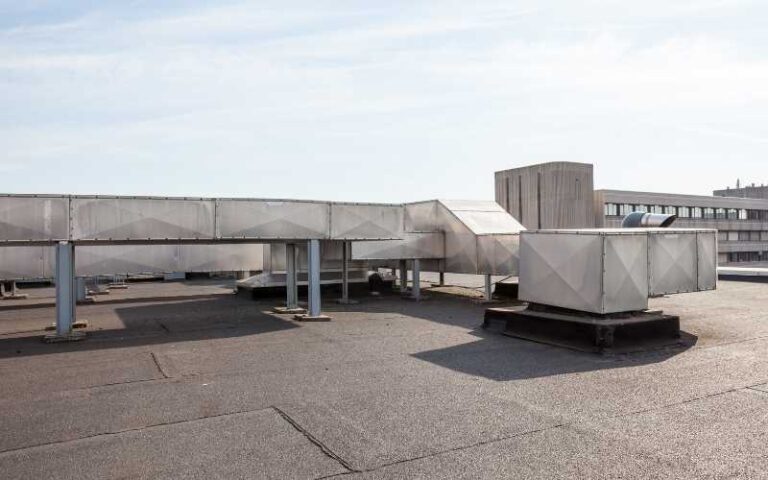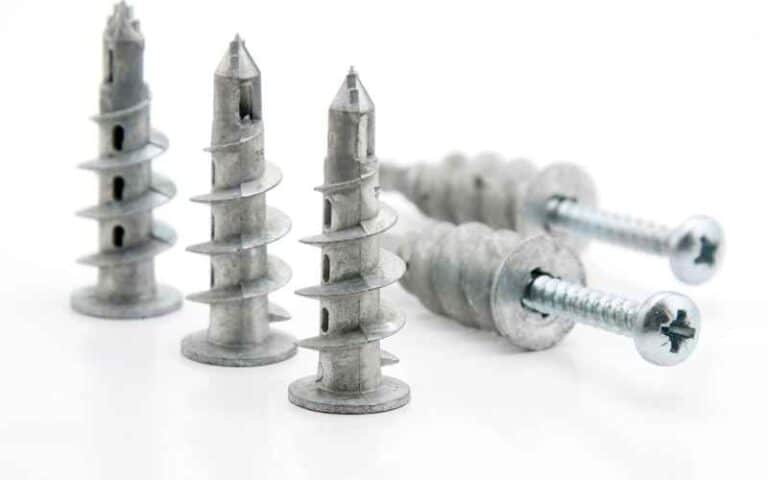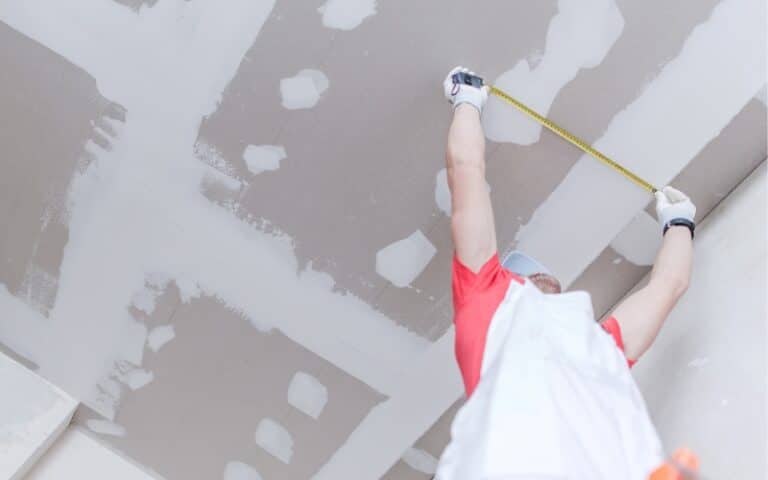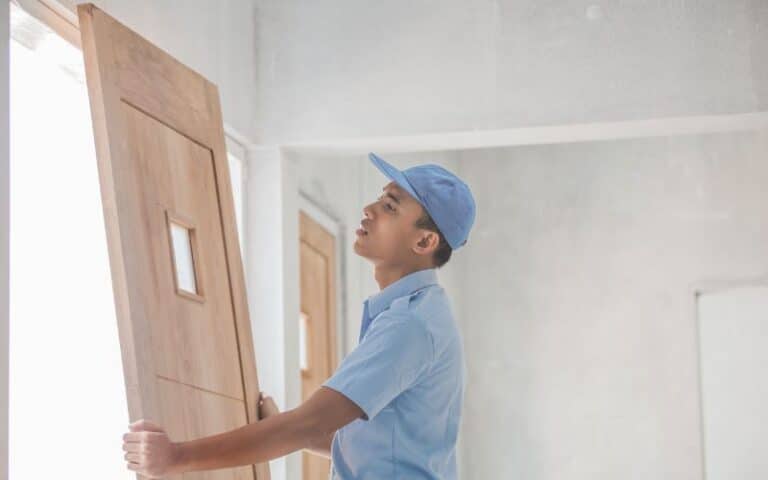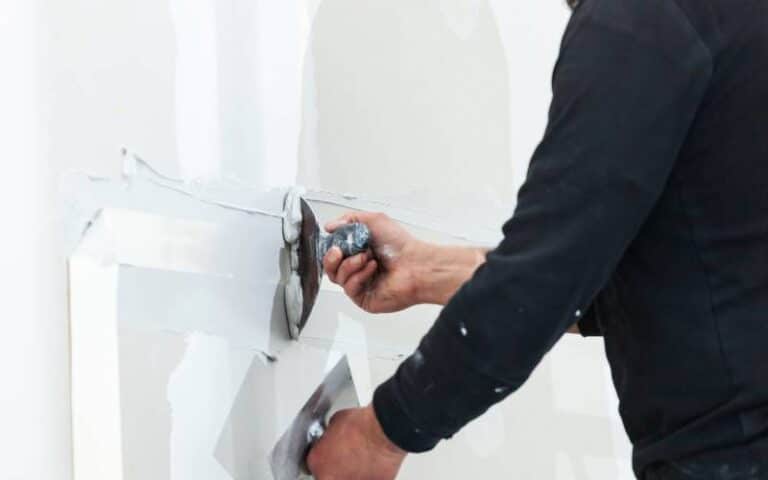Drywall is an excellent construction material that usually covers large surface areas.
The everyday use of drywall boards to add finishing constructions to building walls and floor makes every penny worth it.
However, there must be a quick way to access the surface of the building wall, especially in the case where the drywall board covers plumbing and electrical connection areas.
The first step to cutting drywall to access plumbing is marking out the area you wish to cut out. Then, using a drywall saw, you can cut around the outline you’ve marked on the drywall board. In cutting a drywall board for any purpose, ensure to begin the cut from the side of the board.
There always comes a big trouble accessing plumbing areas with a complete drywall panel.
For this reason, knowing how to cut drywall to access plumbing becomes crucial.
Within this article are a few complications of cutting drywall to access plumbing. Nevertheless, you’ll get step-by-step DIY guides to complete a smooth task. Sit tight!
Ready for a Drywall Quiz?
Can You Cut Drywall to Access Plumbing?

Indeed, you can cut drywall boards to access plumbing. Cutting holes in drywall is a relatively easy task for any homeowner.
As you’d already know, a plumbing project involves drilling and cutting precise holes and markings for pipes and fittings.
Sometimes, you’ll have to cut through precise holes and extensions on your drywall to accommodate the pipe fittings through the walls.
Indeed, cutting through drywall is always a less desirable option. However, cutting through the drywall is sometimes the only feasible remedy for sorting plumbing fittings and repairs.
All you may require in carrying out the task are the regular hand tools readily available at any home store.
You can cut precisely through any marked drywall to access plumbing with the proper tools and guidance.
However, although cutting drywall to access plumbing is possible, it is generally not always smooth.
The risk of complete damage to the drywall material is one major factor that complicates cutting through a drywall board. As such, the job is best for construction workers to handle.
In general, drywall is a good choice material for interior room installations. However, we cannot deny the complications of working with drywall.
Here’s a table showing the pros and cons of working with drywall.
| Pros | Cons |
|---|---|
| These boards are light-weighted, implying less labor. | The drywall is relatively soft, making it susceptible to damage. |
| They are easy to install, saving you strength and time. | Cutting drywall, in most cases, results in total damage to the material. |
| The drywall is easy to repair. | The underlayment in drywall makes drywall cutting and repair seemingly tedious. |
| Drywalls are economical in terms of installation and maintenance. | The smoothened surface is prone to scratches, dents, and other damages. |
How Do You Cut Through Drywall to Access Plumbing?
The first step in cutting through drywall to access plumbing is marking and outlining the area of your cut.
As the measurement is paramount to a clean, fine, and smooth cut, so are your drywall’s cut markings and outline area.
As much as cutting through the drywall is the most crucial step, properly marking the plumbing cut area is of utmost importance.
You must always ensure that the outlining and cutting begin from the straight edge of your drywall board.
You’ll need a few essential hand tools to cut through drywall to access plumbing. The likes of a jab saw, the drywall saw, a flashlight, a pencil, and a straight edge.
The only specialized tool among the above list is the jab/drywall saw. Click here to get one. A utility knife will serve excellently well in its absence.
With the right toolset and guide, you can quickly, easily, and safely access the plumbing behind drywall boards.
Below is a DIY (Do It Yourself) step-by-step guide to neatly cutting through drywall to access plumbing.
- First, use your straight edge and pencil to mark and outline the excellent area of your cut. Use your building plan to see and mark where there’s plumbing and wires.
- With your jab or drywall saw, begin your cut around the outlined area. Sometimes, the cutting process can be quite tedious because of the drywall underlayment.
- Most often, drywall cutting begins from the visible edge of the drywall board. However, if you must cut through the surface, you’ll have to use drills to make holes before cutting.
- Once you finish cutting and the plumbing area is well accessible, you can complete your plumbing task.
Is Vinyl Spackling Suitable for Patching Drywall After Cutting for Plumbing Access?
Using vinyl spackling on drywall is a viable option for patching after cutting for plumbing access. It provides a smooth and durable finish that seamlessly blends with the existing wall. Vinyl spackling is easy to apply and dries quickly, making it an efficient choice for repairing small holes or imperfections in the drywall.
How Do You Cut High Impact Drywall?
Like cutting regular drywall boards, the first step to cutting high-impact drywall is to take safety measures and plan your cut.
However, high-impact gypsum drywall boards are unlike regular drywall boards. High-impact drywall panel boards are heavy and wide; cutting them requires more skill.
Hence, the cutting technique for high-impact drywall isn’t as straightforward as cutting the regular drywall board.
In cutting high-impact drywall boards, a pro tip is first to cut the front side of the board. The backside of the drywall has a paper cover that doesn’t allow a smooth cut.
Also, the backside of the high-impact drywall panel is quite brittle and crumbles when applying cutting tension.
Therefore, ensure to mark and cut the front side of the drywall board before proceeding to do the same with the backside.
Another pro tip in cutting high-impact drywall to access plumbing is that cutting always begins from the side edges.
It will help if you begin your cut from the visible edge of the drywall board for a clean, smooth cut.
Plus, a cut from the side walls makes the work appear neat; it is a lot less damaging than cutting from the surface of the drywall.
The steps below will come in handy in cutting high-impact drywall boards.
- The easiest way to cut high-impact drywall is by scoring the panel with a cutter or utility knife using a straight edge as a guide.
- For large panels, lay them on an even, smooth surface.
- Cut the drywall panel from the side edges according to your markings and outline.
- Note that the cut must just be enough to plunge through the paper cover of the drywall on the other side.
- With a correct cut, a little pressure will cause the panel to break through the cut line.
How Do You Fix Drywall After Plumbing Repair?
The essence of being careful with drywall is to give a clean and polished appearance at the end.
However, the case is only sometimes so, as drywall is a relatively soft board susceptible to scratch, dent, and damage.
Considering the complications of cutting drywall to access the inside wall, it is essential to know how to fix drywall after plumbing repair.
The most suitable fix for drywall plumbing cuts is the application of drywall compounds. Drywall compounds/mud would do well in leveling and patching off-cut areas.
Drywall compounds/muds are the quickest and easiest way to fix your drywall after a plumbing repair. And fixing drywall mud after repair is a relatively simple task.
All you may probably need are some pieces of scrap wood, drywall tapes, some screws, and, of course, drywall mud.
The following steps will guide you on how to apply drywall mud on a drywall repair.
- Use some pieces of scrap wood to either fill the cut area or as underlayment depending on the cut.
- Tape the drywall tape along the repair scene, after which you can apply the drywall mud.
- On applying any drywall compound, endeavor to spread the compound evenly with a putty knife.
- Then, the compound can dry off completely before finishing the surface with sandpaper and primer.

